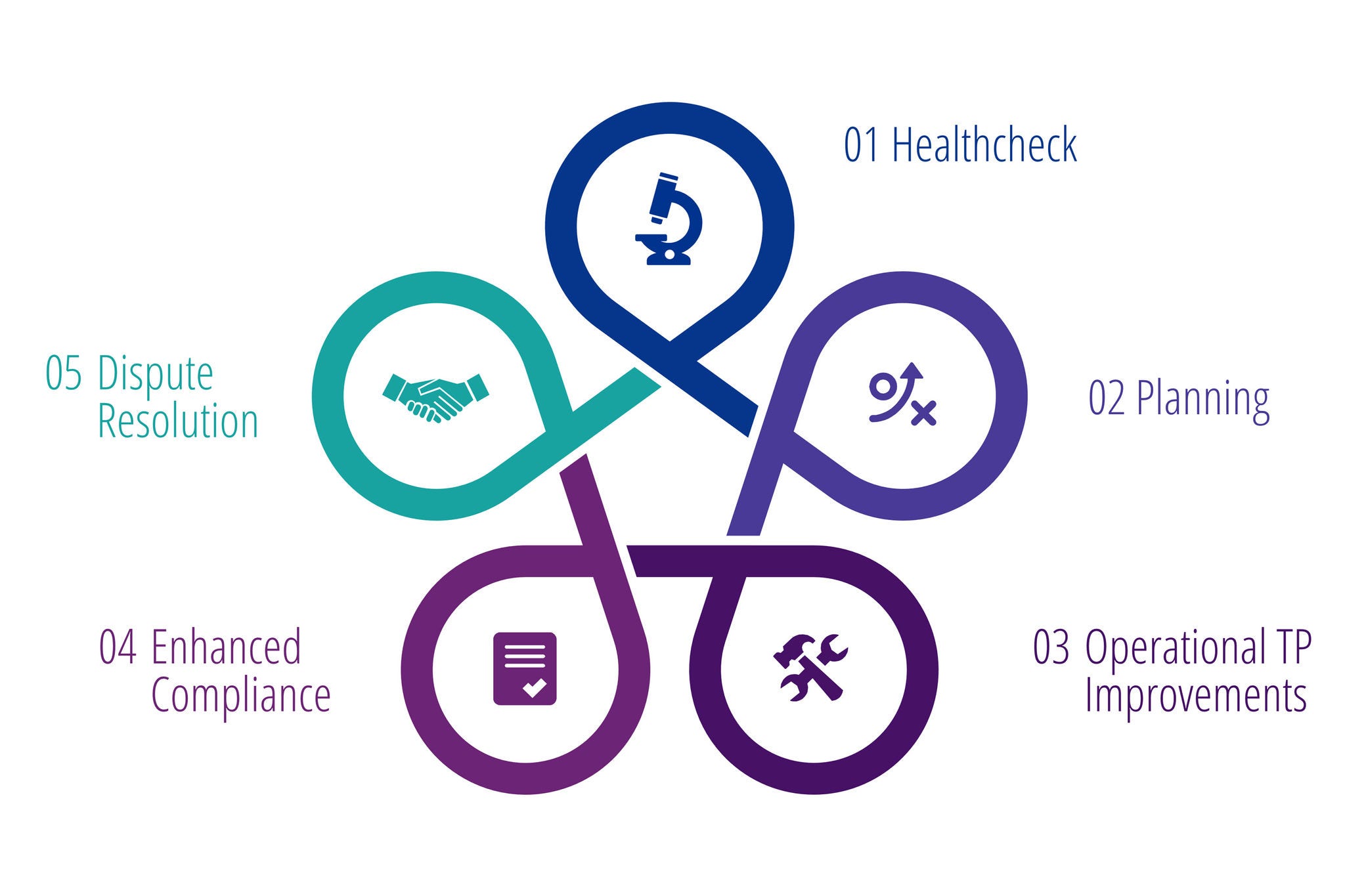The tax landscape is driven by growing government scrutiny and rising regulation. At the same time, tax audits are on the rise. In a digitalized, automated and connected world, transfer pricing requires automated processes. Companies need to respond to this increasing pressure.
Transfer Pricing inherently is a multinational topic - seamlessly working across borders to solve issues is therefore paramount to successful projects. Globally, KPMG Global Transfer Pricing Services has access to more than 2'870 transfer pricing experts in all relevant countries of the world. We work together with specialists in all tax areas, and are integrated in the strong global KPMG network of Audit, Tax and Advisory experts.







